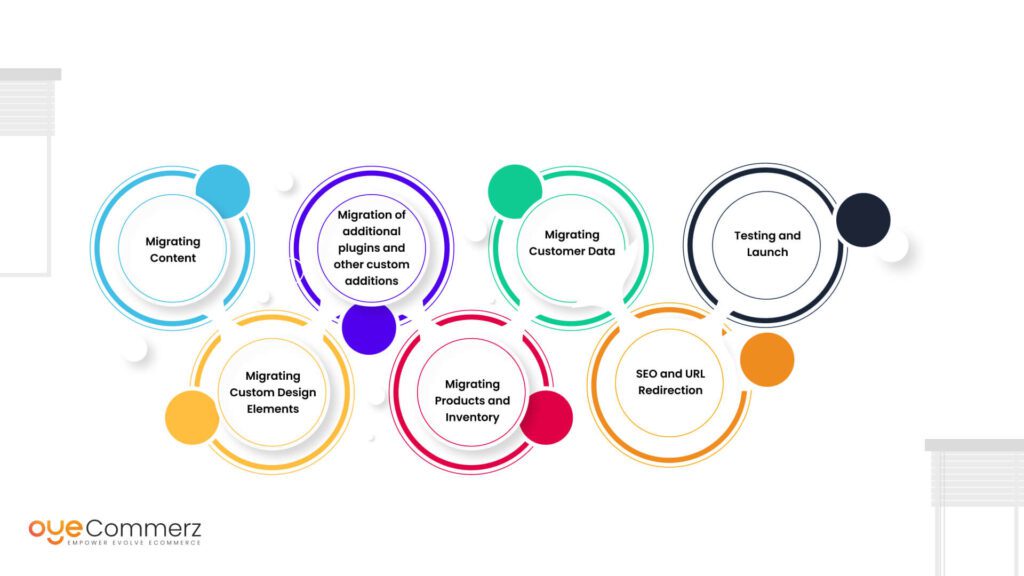In the ever-evolving landscape of online retail, selecting the best system is essential for your company’s growth. If you’re presently using WordPress and considering a migration to Shopify, you’re not alone. Many businesses are switching to utilize Shopify’s comprehensive capabilities, user-friendliness, and expandability. This guide will take you through the process of migrating from WordPress to this platform smoothly, making sure that you realize your eCommerce potential.
Why Migrate from WP to this platform?
Before exploring the migration journey, it’s important to understand why this transition can be helpful for your eCommerce business:
User-Friendly Interface: Shopify offers an straightforward dashboard that makes easier store operations, enabling for non-technical users.
Flexibility: As your brand develops, Shopify can accommodate increased traffic and transactions without compromising performance.
All-in-One Solutions: Shopify comes with built-in features for SEO, analytics, payment processing, and additional functionalities, eliminating the requirement for numerous plugins.
Enhanced Security: With Shopify, you utilize advanced security features that secure critical customer information.
Steps for a Seamless Migration
Migrating your eCommerce site from WP to Shopify includes key phases.
Here’s how to facilitate a hassle-free transition:
Plan Your Migration Strategy
Kick-off by outlining your migration strategy. Pinpoint which elements of your existing site you plan to move, such as:
Item details
Customer information
Order history
Blog content
Select the Best Migration Solution
Based on your preferences, select a migration plan that fits your business. OyeCommerz provides several plans:
Starter Package: Perfect for small stores with limited products.
Regular Option: Appropriate for medium-sized businesses with moderate requirements.
Comprehensive Solution: Perfect for high-volume stores demanding custom customization.
Backup Your Information
Prior to initiating the migration, guarantee that you have a complete backup of your WordPress site. This step is critical in the event anything goes off track during the migration.
Extract Your Information from WordPress
Utilize tools or custom scripts to export key data from your WP site:
Items
Users
Sales records
Articles
Migrate Information into Shopify
Once you have your data exported, employ Shopify’s migration apps or third-party apps to upload your content into your new store. Ensure that all information is accurately formatted and aligned.
Customize Your Shopify Platform
Once importing information, tailor your Shopify platform’s layout to reflect with your brand identity. Consider engaging a specialist if you want advanced customization.
Configure Payment Gateways and Delivery Settings
Arrange payment gateways and logistics options in Shopify to facilitate a smooth transaction experience for customers.
Apply Search Engine Optimization Guidelines
To keep your online visibility during the change:
Set up 301 redirects from existing URLs to migrated ones.
Revise meta tags.
Optimize visual content and text for better ranking.
Test Your New Store
Before publishing, thoroughly test your new store. Check for any discrepancies, transaction errors, or untransferred content.
Publish Your Store
Once everything is in place, it’s the opportunity to publish! Inform the change to your users and motivate them to experience the new capabilities of your Shopify store.
Post-Migration Assistance
Even after launching shop platform migration your updated store, regular support is key. Explore partnering with service providers who can help with:
Site maintenance
Customer engagement
Enhancing features
Conclusion
Migrating from WP to Shopify can be a game-changing step for your online retail. By following this guide and leveraging tools like those offered by OyeCommerz, you can guarantee a smooth transition that boosts Shopify troubleshooting guide your online presence. Accept the change and realize the advantages of Shopify today!
